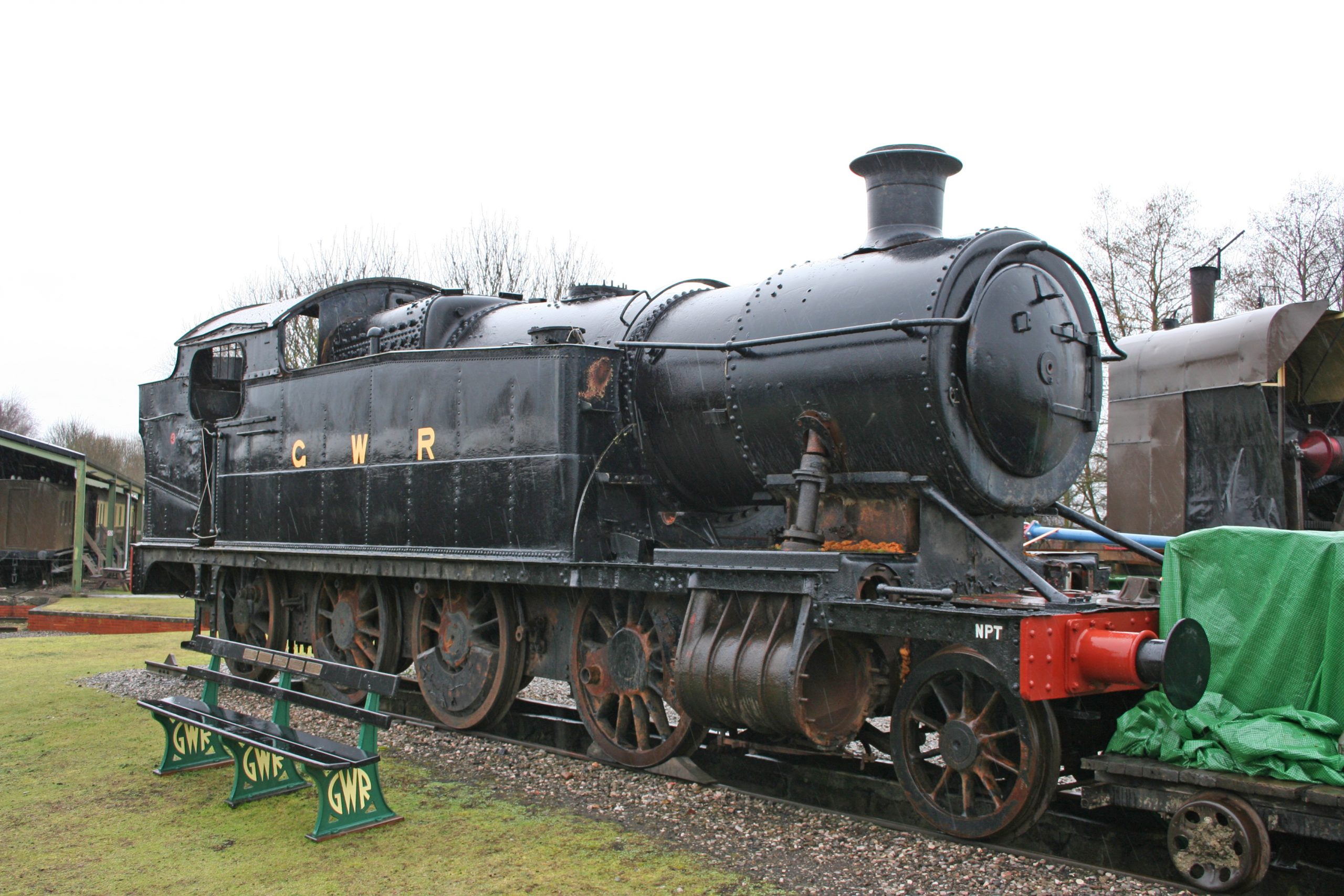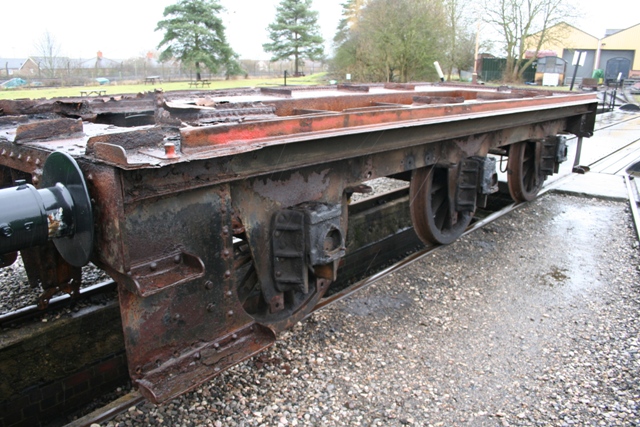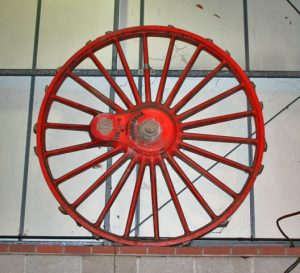About Churchward County Trust
THE Churchward County Trust has its origins in the 2005 ‘Three Counties Agreement’ signed between the Great Western Society (GWS) and Vale of Glamorgan Council, which saw ex-Barry ‘Modified Hall’ No. 7927 Willington Hall handed over to the GWS together with Large Prairie No. 4115, Churchward 2-8-0 No. 2861 and 2-8-0T No. 5227, together with a 3,500 gallon tender.
The agreement was for No. 7927 to form the basis of a re-created Hawksworth ‘County’ 4-6-0 (to be given the identity No. 1014 County of Glamorgan in recognition of the donor), and also a Churchward ‘County’ 4-4-0 and a Churchward ‘County Tank’ 4-4-2T. Similarly parts from both Nos. 2861 and 4115 would be used to build a new Churchward ‘47XX’ 2-8-0 ‘Night Owl’ – No. 4709.

The original plan outlined that the two ‘Counties’ and ‘47XX’ were to be constructed by the GWS, and the ‘County Tank’ by Vale of Glamorgan Council at Barry. Construction of both Nos. 1014 and 4709 are both now well underway at Didcot and Tyseley respectively, but the ‘County’ 4-4-0 project never quite took off. Yet the commitment made to Vale of Glamorgan Council remained.
Fast forward to 2013 when Gary Boyd-Hope, who had been working independently on a way to realise the ‘County’ dream, got together with David Bradshaw – the originator of the ‘Three Counties Agreement’. Gary argued that if the ‘County’ was to be built and the GWS meet its obligation, the 4-4-0 would need to be constructed away from Didcot and with a large degree of independence, possibly by a stand-alone organisation.
These discussions proved to be very productive and a draft proposal was submitted to the GWS’ chairman, who sanctioned further investigations. Subsequently in November 2017 the GWS board unanimously agreed to support the formation of an independent organisation to take on the 4-4-0 project and see it through to completion.
The Churchward County Trust Ltd (CCT) was set up in January 2018 as a wholly independent, not-for-profit company (Limited by Guarantee), and was awarded Charitable Status in 2019. Our primary objectives are:
- To build, operate and maintain a working example of a Churchward ‘County’ class 4-4-0 using a combination of new and existing GWR standard components.
- To use the CCT’s property and assets to promote public knowledge, education, appreciation and understanding of the historical, scientific and cultural aspects of the locomotive, for the benefit of the public.
Thanks to the 2005 agreement, the GWS has already donated several key components for the 4-4-0 project, which include:
- Standard No. 4 boiler currently on No. 5227 at Didcot.
- Two 3ft 2in diameter wheelsets (plus horns and axleboxes) for the bogies.
- Four axleboxes
- Eight hornguides.
- Four spring hangers.
- Four brake hanger brackets.
- One reversing lever.
- A Churchward 3,500 gallon tender frame

The major components which we will have to manufacture are as follows:
- Two cylinder blocks – cast in 2021/22
- Four 6ft 8½in driving wheels – cast in 2021.
- A new bogie to which existing bogie wheels, axleboxes and horns will be fitted.
- New main frame plates and stretchers – cut in 2018 and assembled at Tyseley Loco Works.
- New extension frames – these can now be machined from solid rather than forged.
- New rear dragbox – fabricated and fitted at Tyseley Loco Works.
- A full set of motion, though it is possible that a set of suitable short connecting rods and other motion parts may still exist.
- Other smaller standard parts can be easily made as many patterns have been manufactured and can be re-used.
- New tender tank.

Following positive discussions the board of the Gloucestershire Warwickshire Steam Railway (GWSR) has offered No. 3840 a base at Toddington; an historically appropriate home as the original ‘Counties’ regularly worked over the route with Bristol to Birmingham expresses until the early 1930s.
